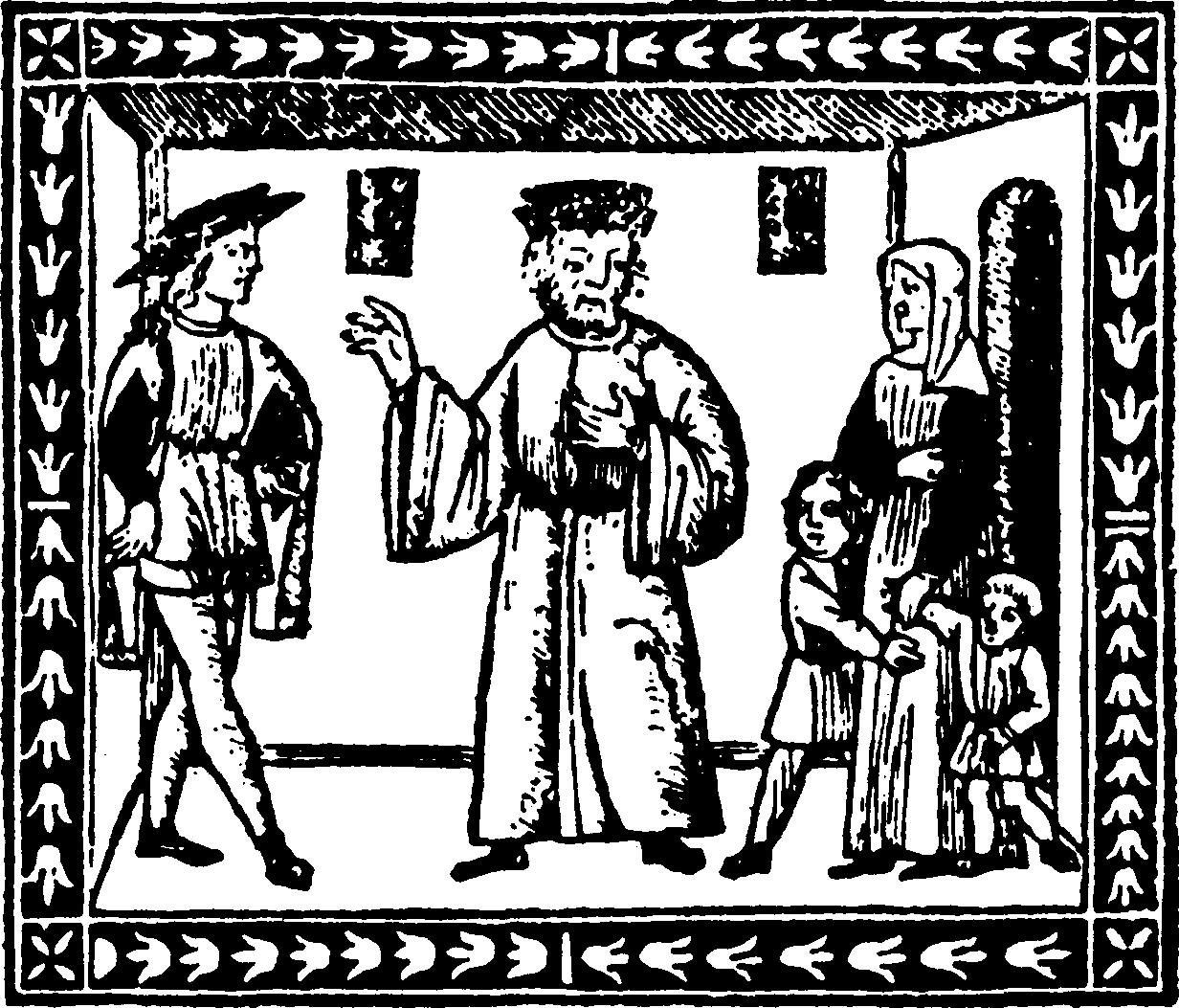Italian Folktales
Authors: Italo Calvino


The Man Who Came Out Only at Night
The Little Girl Sold with the Pears
Those Stubborn Souls, the Biellese
Petie Pete versus Witch Bea-Witch
Quack, Quack! Stick to My Back!
The King's Daughter Who Could Never Get Enough Figs
The Queen of the Three Mountains of Gold
Lose Your Temper, and You Lose Your Bet
The Son of the Merchant from Milan
The Dragon and the Enchanted Filly
Fioravante and Beautiful Isolina
The Palace of the Doomed Queen
Jack Strong, Slayer of Five Hundred
The Love of the Three Pomegranates
Joseph Ciufolo, Tiller-Flutist
Miss North Wind and Mr. Zephyr
The Palace Mouse and the Garden Mouse
Ari-Ari, Donkey, Donkey, Money, Money!
The Princesses Wed to the First Passers-By
Sleeping Beauty and Her Children
The King of Spain and the English Milord
Three Tales by Three Sons of Three Merchants
Master Francesco Sit-Down-and-Eat
The Marriage of a Queen and a Bandit
The King's Son in the Henhouse
The Calf with the Golden Horns
The Child that Fed the Crucifix
The Man Who Robbed the Robbers
The Convent of Nuns and the Monastery of Monks
Â
Â
Â
Â

Copyright © 1956 Giulio Einaudi editore, s.p.a., Torino
English translation copyright © 1980 by Harcourt, Inc.
Â
All rights reserved.
No part of this publication may be reproduced or transmitted in any form or by any means, electronic or mechanical, including photocopy, recording, or any information storage and retrieval system, without permission in writing from the publisher.
Â
For information about permission to reproduce selections from this book, write to Permissions, Houghton Mifflin Harcourt Publishing Company, 215 Park Avenue South, New York, New York 10003.
Â
Â
The woodcut illustrations are reproduced from
Proverbi milanesi, Proverbi siciliani
, and
Proverbi del Veneto
by kind permission of Aldo Martello-Giunti Editore, S.p.A., Milan.
Â
The Library of Congress has cataloged the print edition as follows:
Calvino, Italo, 1923â1985
Italian folktales.
Translation of Fiabe italiane.
“A Helen and Kurt Wolff book.”
I. Tales, Italian. I. Title.
GR176.C3413 398.2'1'0945 80-11879
ISBN
0-15-145770-0
ISBN
0-15-645489-0 (pbk.)
Â
e
ISBN
978-0-544-28322-0
v2.0614
My thanks, first of all, to Willard R. Trask and Ines Delgado de Torres, for certain thoughtful and judicious remarks to me that are actually responsible for my getting launched in the translation of these folktales. Next, I am deeply grateful to Italo Calvino and to Helen Wolff for their encouragement at every turn. I feel especially fortunate to have had so painstakingâand patientâan editor as Sheila Cudahy, from whose expertise in literature, in translation, and in Italian I have profited immeasurably. My father, G. W. Martin, also deserves special thanks for his useful comments on portions of the manuscript. Finally, I would like to express my appreciation to the Translation Center at Columbia University for an award made possible by a grant from the National Endowment for the Arts.
Â
GEORGE MARTIN
A Journey Through Folklore
Â
The writing of this book was originally undertaken because of a publishing need: a collection of Italian folktales to take its rightful place alongside the great anthologies of foreign folklore. The problem was which text to choose. Was there an Italian equivalent of the Brothers Grimm?
It is generally accepted that Italian tales from the oral tradition were recorded in literary works long before those from any other country. In Venice, as early as the middle of the sixteenth century, tales of wizardry and enchantment (some of them in dialect) as well as realistic novellas written in a Boccaccio-like style were collected by Straparola in his
Piacevoli Notti
. These tales imparted to his book a flavor of magicâpart gothic, part orientalâsuggestive of Carpaccio. In Naples, in the seventeenth century, Giambattista Basile wrote fairy tales in Neapolitan dialect and in baroque style and gave us the
Pentameron or Entertainment for the Little Ones
(which in our century was translated into Italian by no less a personage than the philosopher Benedetto Croce). Basile's work resembles the dream of an odd Mediterranean Shakespeare, obsessed with the horrible, for whom there never were enough ogres or witches, in whose far-fetched and grotesque metaphors the sublime was intermingled with the coarse and the sordid. And in the eighteenth century, again in Venice, to countervail Goldoni's middle-class comedies, Carlo Gozzi, a surly conservative, deeming that the public deserved no better, brought to the stage folktales in which he mingled fairies and wizards with the Harlequins and Pantaloons of the Commedia dell'Arte.
But it was no longer a novelty: ever since the seventeenth century in France, fairy tales had flourished in Versailles at the court of the Sun King, where Charles Perrault created a genre and set down in writing a refined version of simple popular tales which, up to then, had been transmitted by word of mouth. The genre became fashionable and lost its artlessness: noble ladies and
précieuses
took to transcribing and inventing fairy stories. Thus dressed up and embellished, in the forty-one volumes of the
Cabinet des fées
, the folktale waxed and waned in French literature along with a taste for elegant fantasy counterbalanced by formal Cartesian rationalism.
